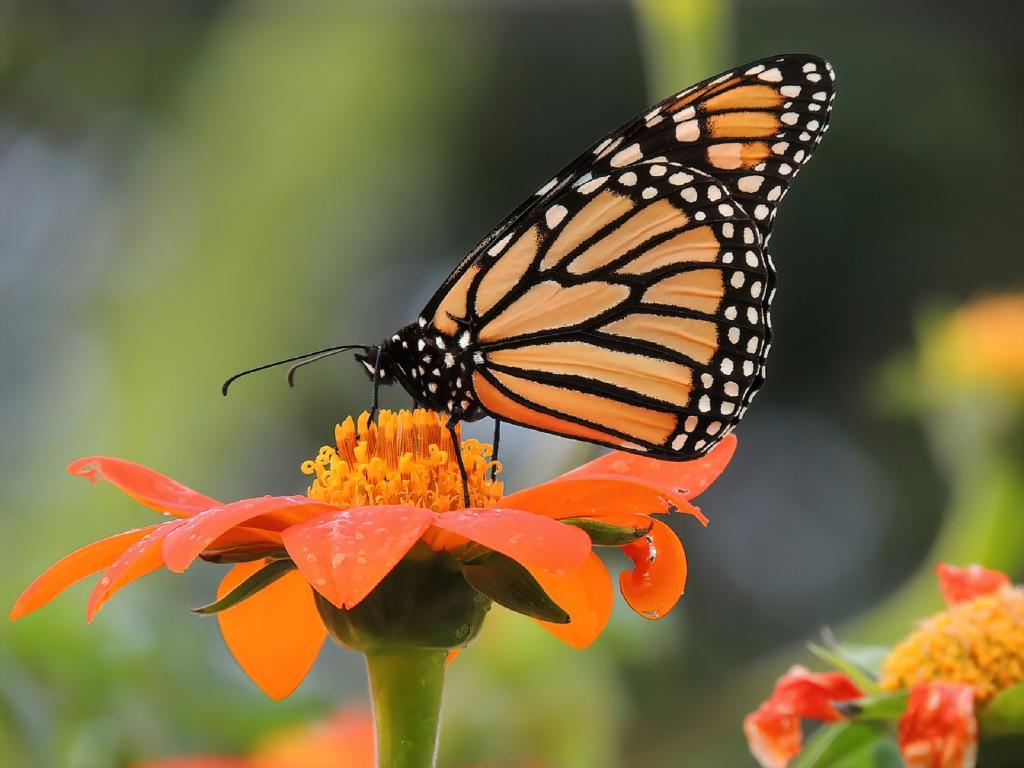India comes under the 17-megadiverse countries of the world being the host for 1,400 species of butterflies. However, at present, the population of butterflies is declining at a precipitous rate raising major concern for these winged insects. Therefore, to spread awareness and conserve the butterflies, a group of 50 butterfly enthusiasts, researchers, and specialists from all over India got together to choose a national butterfly of India.
One of the most loved and mesmerizing creatures, Butterflies are generally found in bright colours. None of the earth’s creatures exhibits such a stunning assortment of colours. A closer glance with consciousness to these miraculous little flying creatures reveals that they taste with their feet, smell with their antennae, and have more senses of colours than us. Their existence on earth is even before birds and humans, i.e. 120 million years ago.
“Today, the population of several species of butterflies is dwindling worldwide due to altering agricultural practices. Hence, it should be our priority to find out about diversity. Fortunately, the adverse impacts of worldwide environmental change on butterflies are being recognised, and favourable steps have been initiated to mitigate these effects. Certainly, we came up with this approach to spread awareness within communities,” said Krushnamegh Kunte, Associate Professor, National Centre for Biological Sciences, Bengaluru.
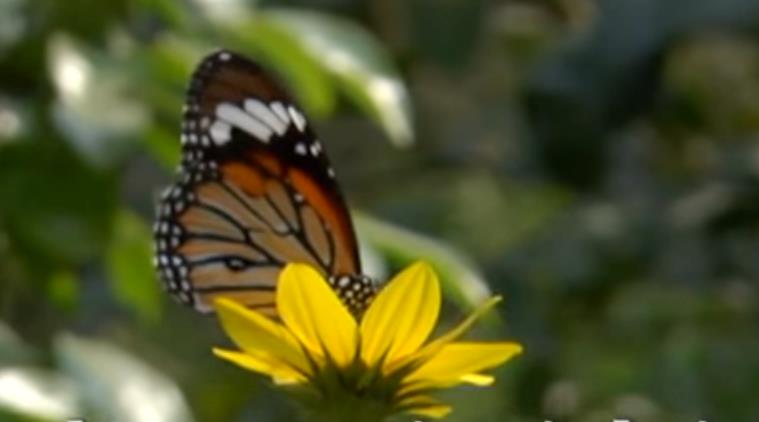
Need to Protect Butterflies:
Butterflies greatly contribute to nature, maintaining the ecosystem. But the meteoric consequences of humans are challenging this dominance leading to the dwindling population of these colourful winged insects.
“Butterflies are bewitching thanks to their alluring looks and colour. They are known as indicators of an ecosystem. Because of their sensitivity of reacting towards even a minute change in their surroundings. They are considered as the sign of a healthy environment. They are also comprehended for their aesthetic value, such as the portraying of butterflies as symbols of souls, freedom, love, and peace in some cultures. Even, they assist in pollination and are the most important pollinators of plants,” said Issac Kehimkar, Chairman of iNatureWatch Foundation.
He further said, “Like any other species of animal, the population of butterflies is shrinking as well and making its way within the list of endangered species. This decrease in population is because of the rapid industrialisation, habitat loss, and deforestation. Then the usage of herbicides and insecticides are few of the global causes responsible for the loss of habitat for these small creatures. There are many scientific researched articles of facts indicating that the population of butterflies is declining and it may go extinct if we don’t give emphasis on education and awareness about the conservation of these nature’s wonders.”
Why a National Butterfly:
“Conservation and Symbolism are two primary goals which we are aiming to attain through this initiative of having a National Butterfly, ” said Kunte.
He elaborated, “Butterflies are ambassadors of nature. Having a national butterfly will create awareness about butterflies among the citizens of India. This shall help in understanding the range of the species. Moreover, as a symbolism of the nation’s pride, it will bring people and communities together. Analyzing the ecological importance, preservation significance, and growing popularity of butterflies among locals, established a need for nominating the National Butterfly.”
These delicate creatures are an essential part of the ecosystem and to celebrate our national natural treasures with pride, these enthusiasts and nature-lovers from all over the country have contributed to upsurging the National Butterfly Campaign to nominate India’s National Butterfly.
How the poll started?
Krushnamegh Kunte and many other butterfly enthusiasts, experts, researchers, and scientists, shared the word of National Butterfly as an idea and came together during lockdown to start the process of choosing the country’s national butterfly.
“During the pandemic as the world was under lockdown, we also got free time and allowed us to account for something that proves beneficial to the Nation. Though different states have their Butterfly of the state, we thought a it is time when we should have a National Butterfly,” says Kunte.
Later, a group of 50 butterfly enthusiasts and experts across the country were selected who led an initiative to select the ‘national butterfly’ of India.
Isaac highlighted, “Already there were groups through which all experts were connected. It was an idea that formed a shape of the moment. India Biodiversity Portal, iNaturalist, or found butterflies are some initiatives, which were always contributing to nature. Even many youths were already participating, since years through one or another Facebook pages.”
Initially, renowned experts like Dr Krushnamegh Kunte and Issac Kehimkar examined the selection process for the national butterfly. While they had assisted the shortlisting of nearly 50 species of butterflies found across India by setting some characteristics, the experts later ranked all the 50 nominees based on several special features.
The following criteria for selecting the National Butterfly was adopted by the prominent stalwarts across India:
1. The butterfly must have the conservation significance for the nation.
2. The butterfly must be charismatic.
3. An intrinsically attractive biological aspect should be present in the butterfly that is engaging to the public.
4. It should be easy to be identified, observed, and remembered as a butterfly.
5. Prominent species must not have multiple forms.
6. The caterpillars of the butterfly in an early stage, should not be harmful or a pest.
7. The Butterfly should not be too common.
8. No inclusions of species, which are already designated as a State Butterfly.
After following the criteria the group came up with 50 finalists. From these, a scoring system was used in voting by all the Consortium members to finalize the seven species for the final poll, which is open for public.
The seven species that were able to make their positions in the top 7 are The Krishna Peacock, Common Jezebel, Orange Oakleaf, Fivebar Sword-Tail, Common Nawab, Yellow Gorgon and Northern Jungle Queen.
In the upcoming month, October, the recommendation of the top three ranking butterfly species from polling results done by the local public will be submitted to the Ministry of Environment & Forests. The experts predicted that around 1 to 2 lakh of votes will be cast for the National Butterfly. It has already been briefed to the officials and once the important procedures are completed, the name is likely to be announced by early 2021.
Features of 7 finalists Butterflies:
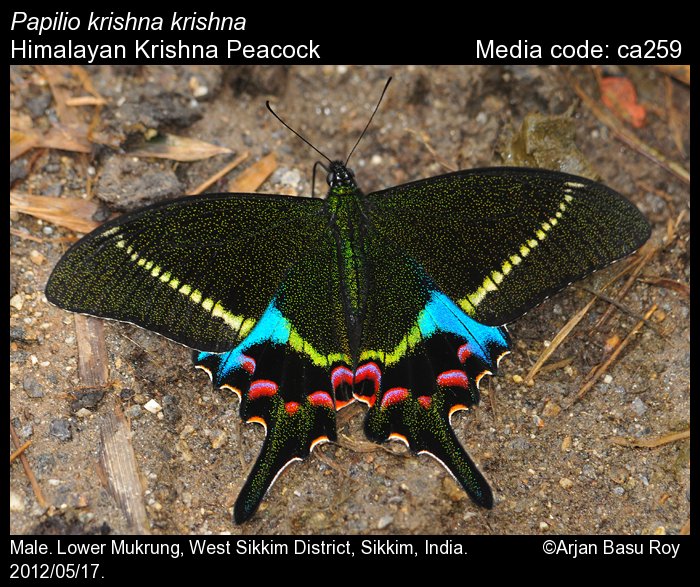
Papilio Krishna or Krishna Peacock: A large swallowtail butterfly can be seen in forests in northeast India, Myanmar.
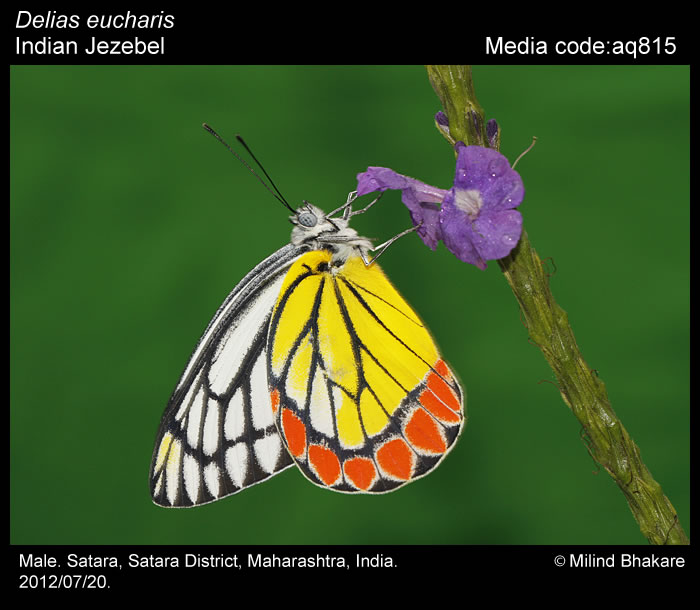
Common Jezebel: A belonging of species-genus Delias, Common Jezebel is endemic to regional islands in Southeast Asia or deterred to certain mountain ranges. It is in the category of ‘NOT EVALUATED’ under the IUCN category.
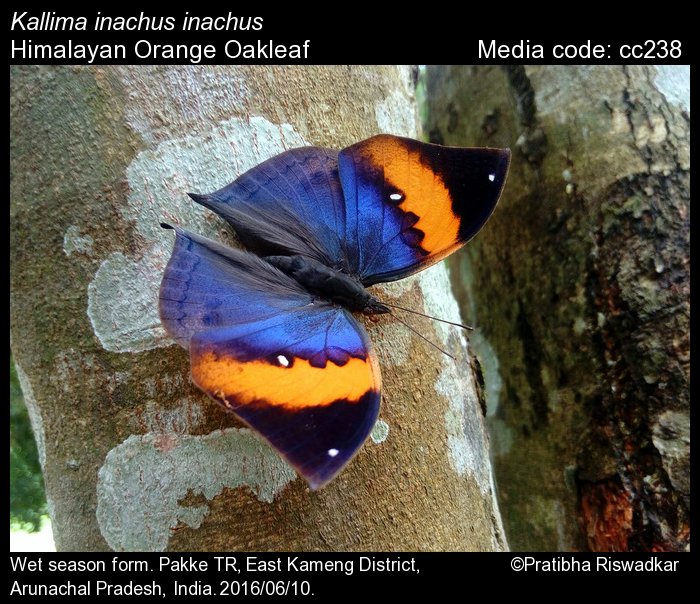
Orange Oakleaf: The orange oakleaf, also known as Indian oakleaf or dead leaf, is a nymphalid butterfly found in Tropical regions. IUCN Red List of Threatened Species mentioned Oaklaf as a Least Concern (LC) species.
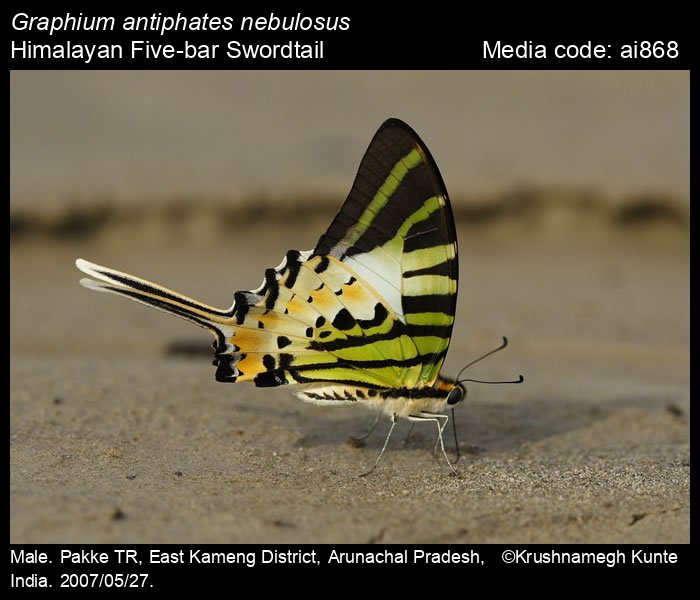
The five-bar swordtail: A species of papilionid butterfly found in the south of India. IUCN Red List of Threatened Species has categorised Sword-Tail as a Least Concern (LC) species.
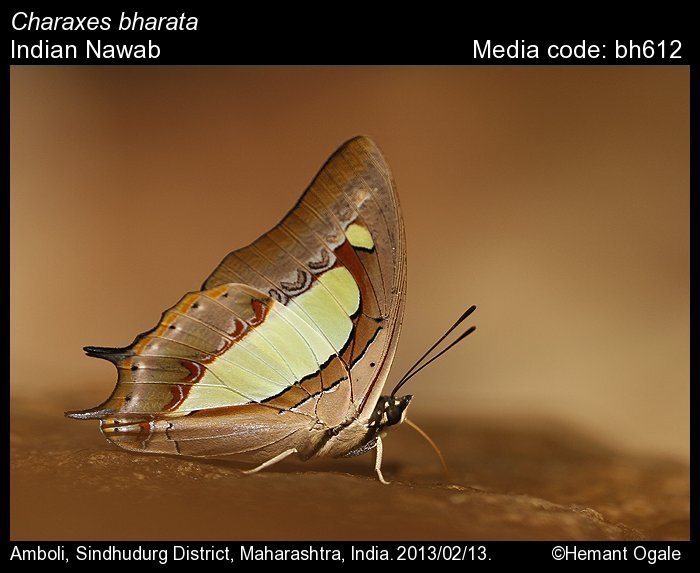
Common Nawab: The Common Nawab (Charaxes athamas) is a species, which is not so common. They are fast-flying canopy butterfly found in tropical regions. It exists in the Himalayas from Kashmir to Sikkim, the hills of central India and the Eastern Ghats, the Western Ghats and southern India.
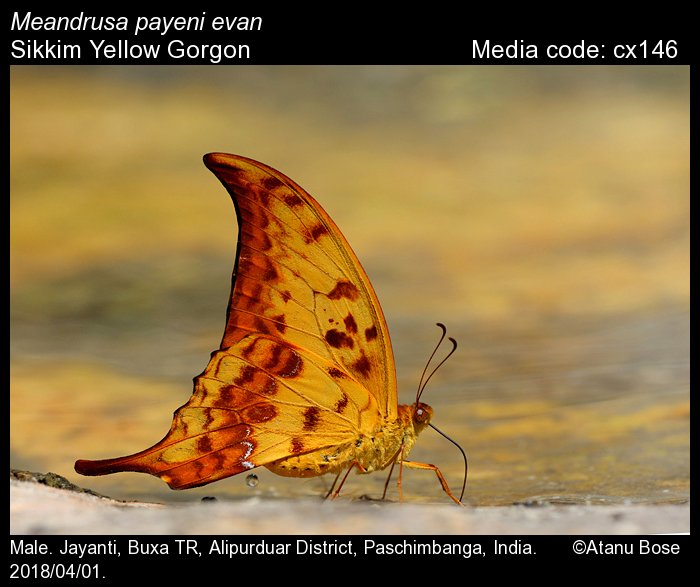
Yellow Gorgon: The Yellow Gorgon, scientifically known as Meandrusa payeni. It is a species of the swallowtail. It belongs to the hooked swallowtails genus, Meandrusa, of the family Papilionidae. It is also called the outlet sword or the sickle and found in the region of South Asia. In India, the species is located from Sikkim to Assam.
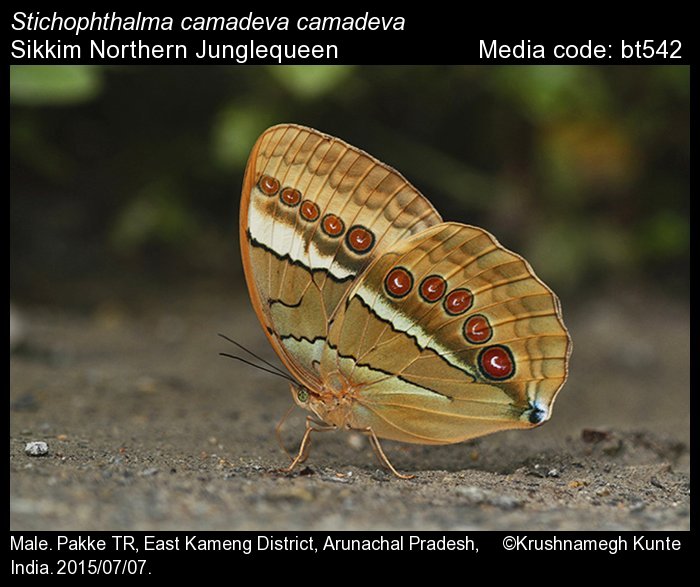
Northern Jungle Queen: The northern jungle queen is scientifically known as Stichophthalma camadeva. It is a butterfly found in South Asia that belongs to the Morphinae subfamily of the brush-footed butterfly’s family. Vastly distributed In India from Sikkim to north Bengal and Assam to Manipur.It is also found in the Arakan hills and northern part of Myanmar and Thailand.
HOW CAN YOU CONTRIBUTE TO THIS LANDMARK EFFORT:
Anyone can cast their vote in the poll page created by the group. https://www.ifoundbutterflies.org/national-butterfly-poll
Kindly, open the link to choose the National Butterfly. The poll was already started on 11th September and will tend to end on 8th October 2020 with the end of the Wildlife Week.
Isaac concludes, “India has been accumulating the community of butterfly enthusiasts and in the events like butterfly walks and school visiting camps for awareness, gained popularity. People have built butterfly parks and ecology awareness is increasing by continuous efforts of individuals and government.”
Have you voted for your National butterfly? If not hurry up!
Written By: Manoj Khetan

